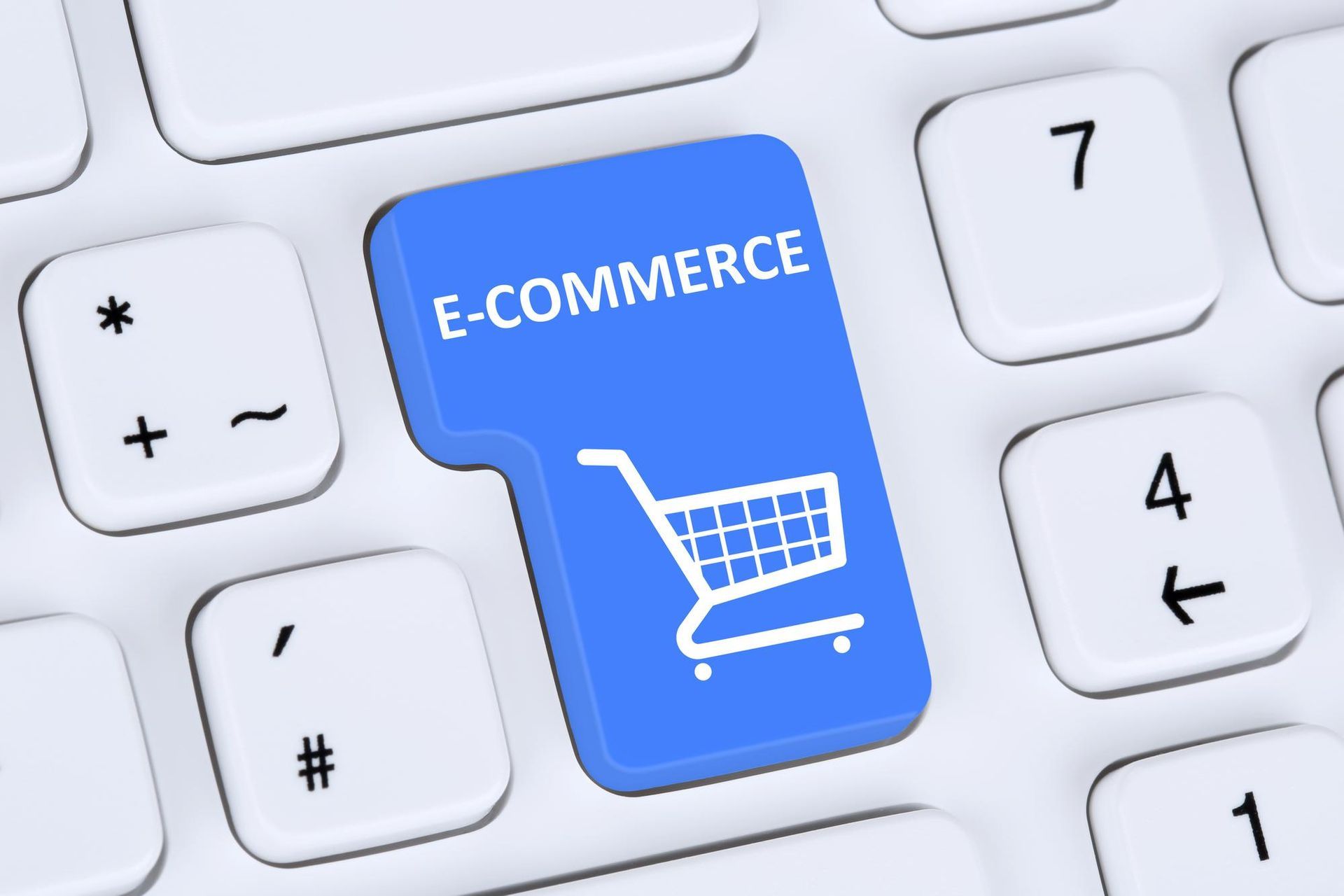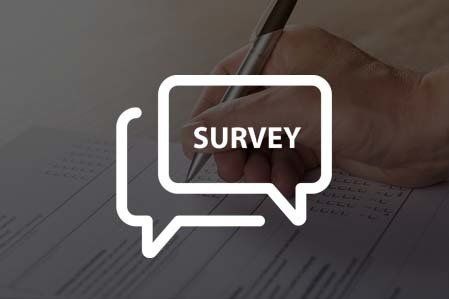+1-800-298-3165
5 On-Page SEO Essentials
The body content of your post goes here. To edit this text, click on it and delete this default text and start typing your own (or paste your own from a different source).
To control the color or size of this text, please change the global colors or text size under the Design section from the left menu of the editor.
What is On-Page SEO?
On-page
SEO is an important consideration in terms of online visibility. Google and
other search engines strive to create the most relevant matches between what a
user searches for and the pages that are recommended; they want users to be
satisfied with the pages they visit, so results are based upon the information
that Google is able to collect about each page, and it does this through
indexing your on-page content.There
are many different ways that you can tell a search engine what your site or
page is about, with these 5 aspects forming the essential foundations of
on-page SEO: 1. URL
Experts
from the Google team have reiterated that optimised URLs are only a very small
ranking factor, with Senior Webmaster Trends Analyst John Mueller saying that
he ‘ wouldn’t worry about
keywords
or words in a URL’. However, focusing on a variety of ‘small’ ranking factors
can be just enough collectively to help you move up the SERP.Tip:
Keep URLs simple, short, and concise, but also optimised… every little helps. 2. H1 Headings
According
to a Searchmetrics whitepaper titled Search Ranking Factors and Rank
Correlations, 80% of first page Google results use H1 headers, suggesting
Google’s algorithm strongly takes into account headings when determining
ranking. Google looks at the title of your content to gain an understanding of
what the page is about.Tip:
Make titles clear and easy to read, and try to incorporate a longtail keyword. 3. Image Alt Text
Google’s
image guidelines document says that Google ‘uses alt text… to understand the
subject matter of the image’, suggesting that alt text plays a big role in
ranking. This is supported by Mueller who states that alt text is ‘extremely
helpful’
for Google Image rankings, so this should be a primary consideration when
working on your on-page SEO.Tip:
Google suggests using ‘useful, information-rich’ content for alt text
optimisation. 4. Page Content
One
of the most important aspects of on-page SEO is optimising content such as blog
posts and articles. You probably don’t need to use keywords
as often as you think
to see an improvement in ranking; former head of Google’s webspam team Matt
Cutts says it’s the ‘first one or two times’ that matters, after that it’s just
‘incremental benefits’.Tip:
Conduct a keyword analysis to see what your audience is searching for. 5. Internal Links
This
is an often overlooked aspect of on-page SEO. With the right anchor text,
internal links provide Google with even more information about what a page is
about, especially if multiple links with similar anchor text all point to the
same location. It helps to create a more clear and comprehensive overview of
the content of that page.Tip:
Incorporate ‘bubble keywords’; those that are less valuable, yet still
important. Bring the Right Traffic to Your Site
On-page
SEO is arguably much easier to manage than off-page SEO which can be impacted
by a range of external factors outside of your control, such as inbound links.
On-page SEO can be managed directly to ensure each aspect of your website is
optimised to deliver expert results and attract the right audiences to your
pages.
Share this post:
Recent Posts













